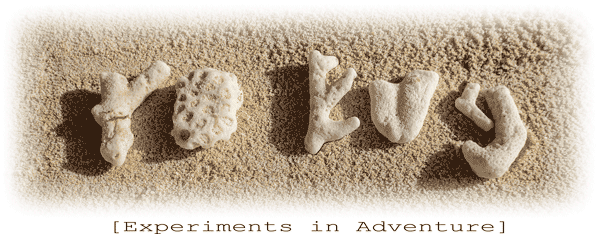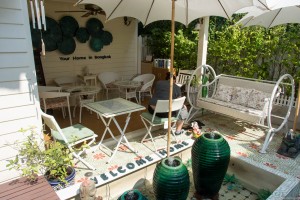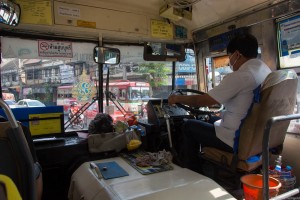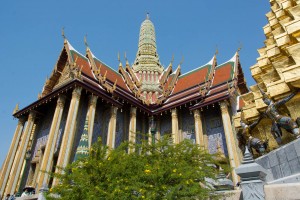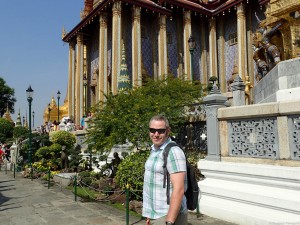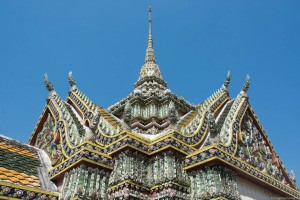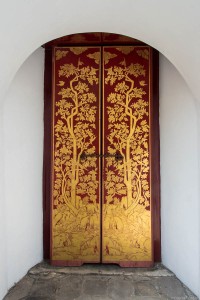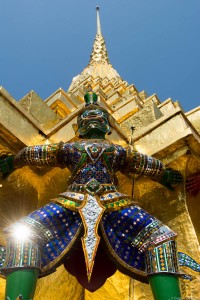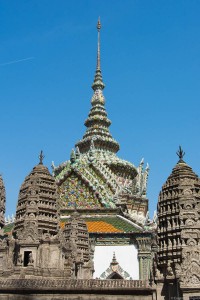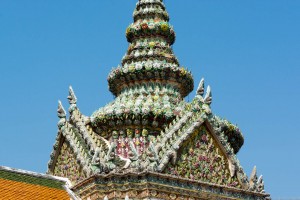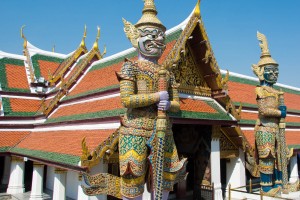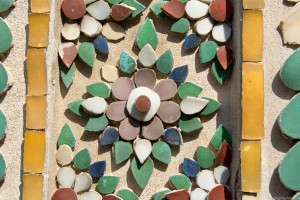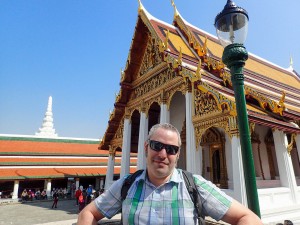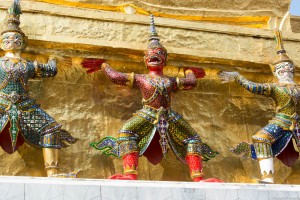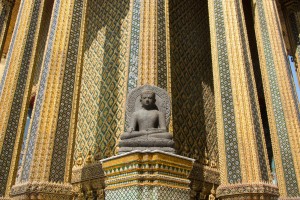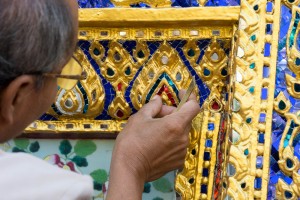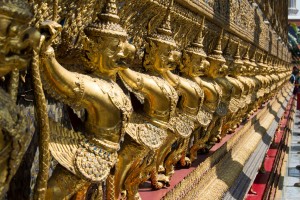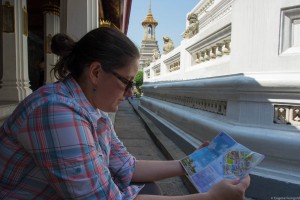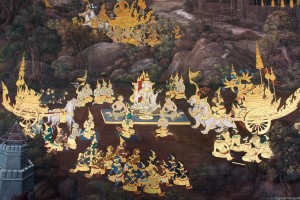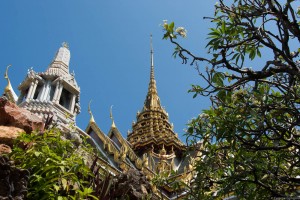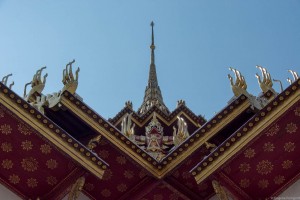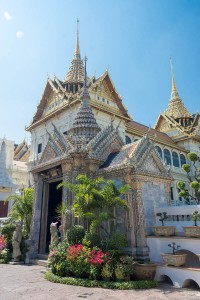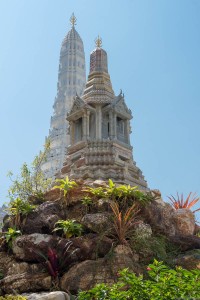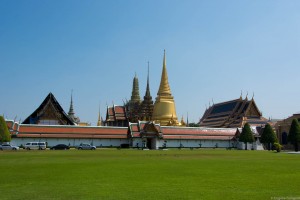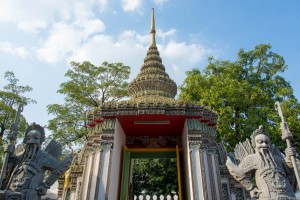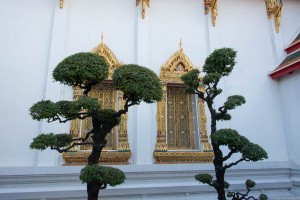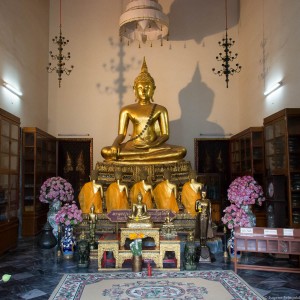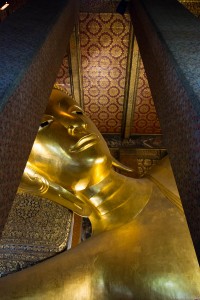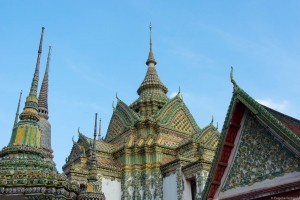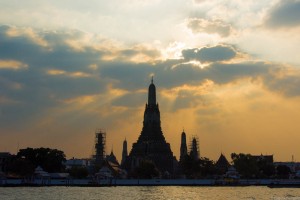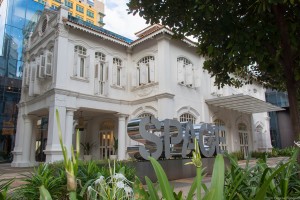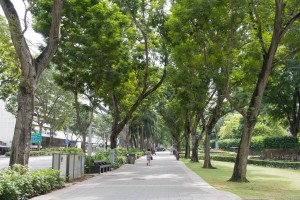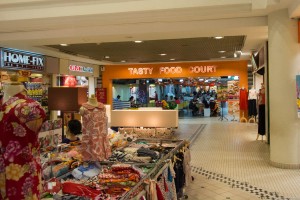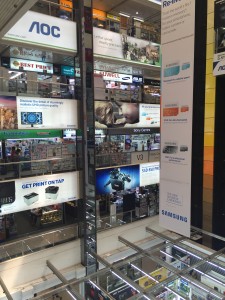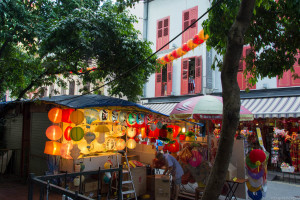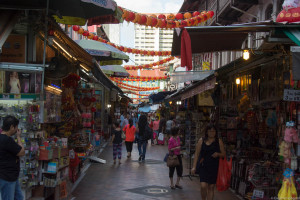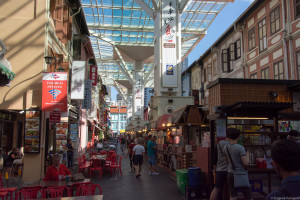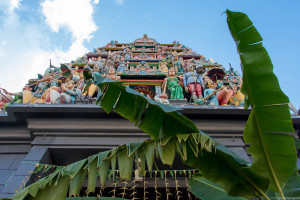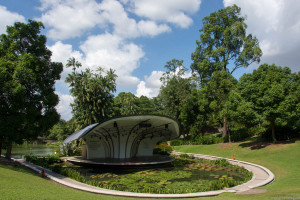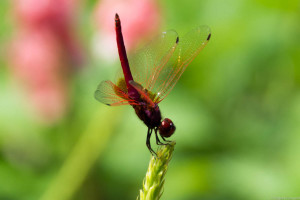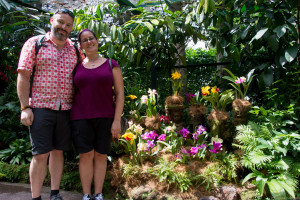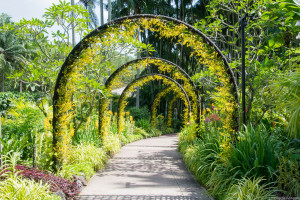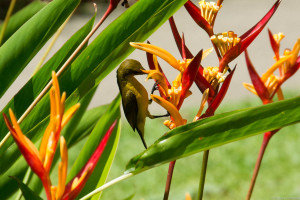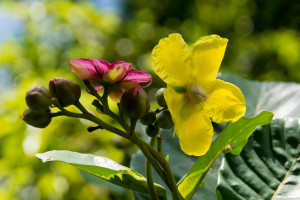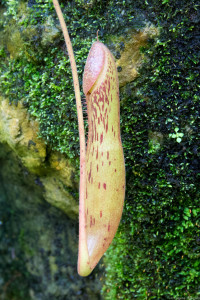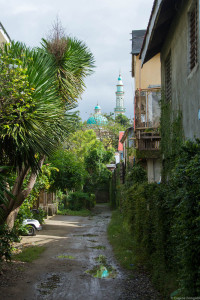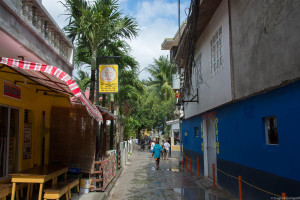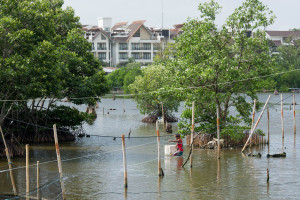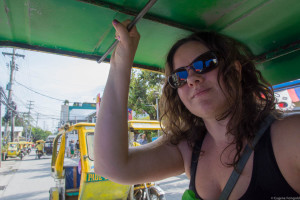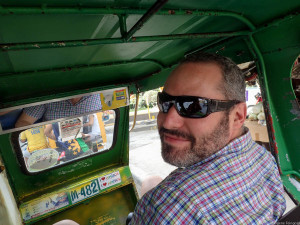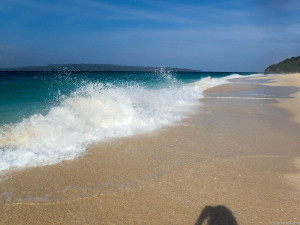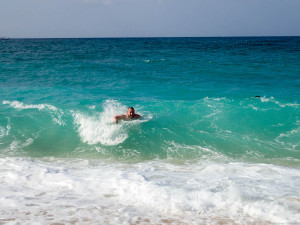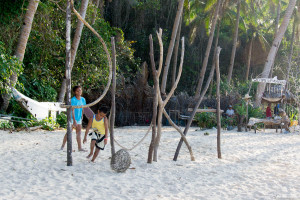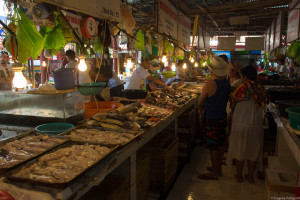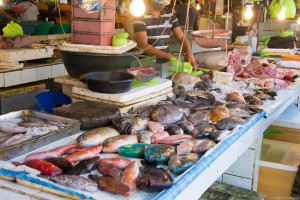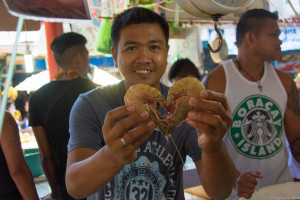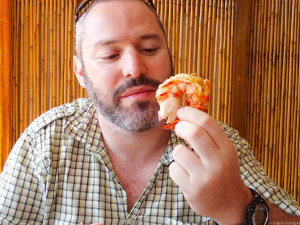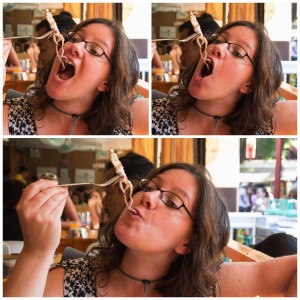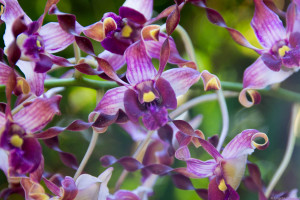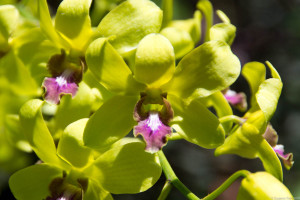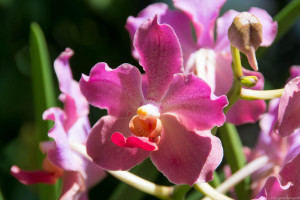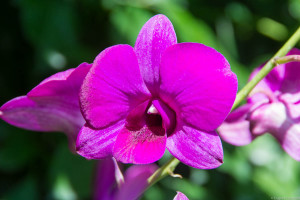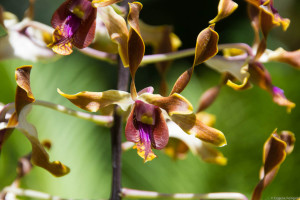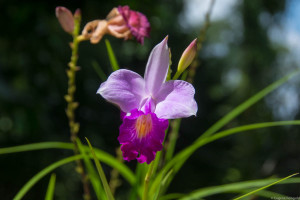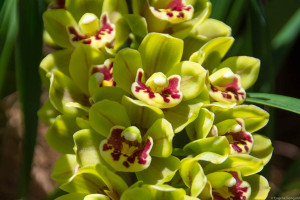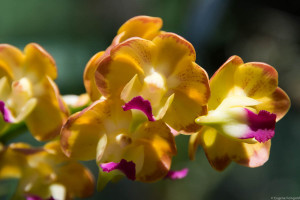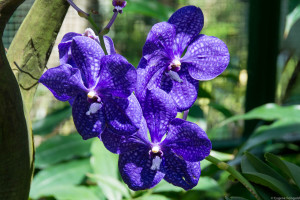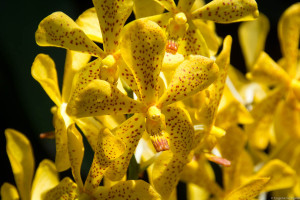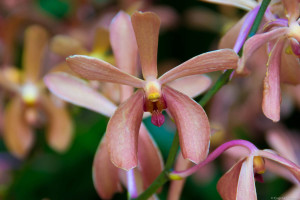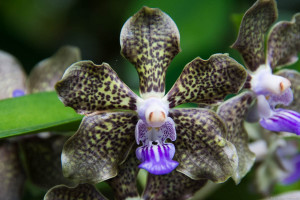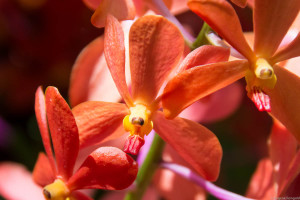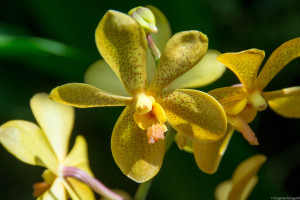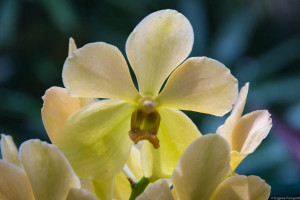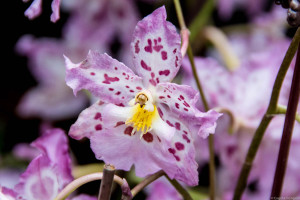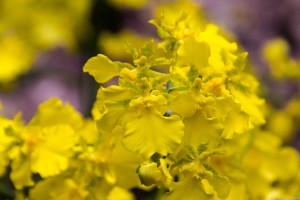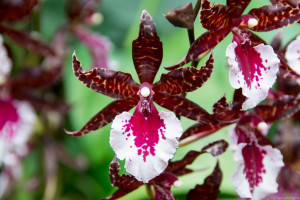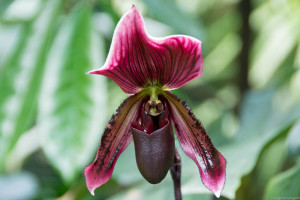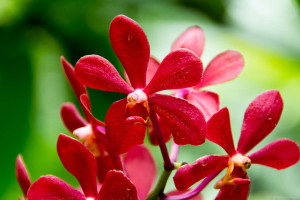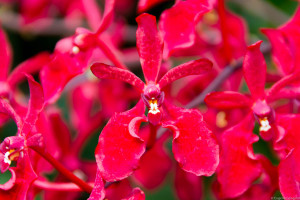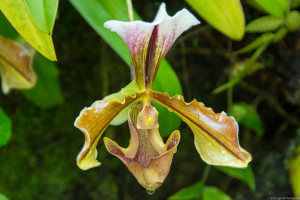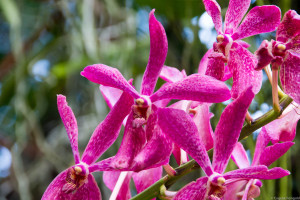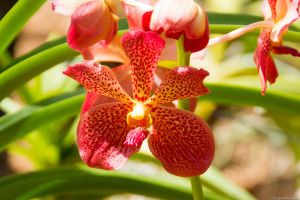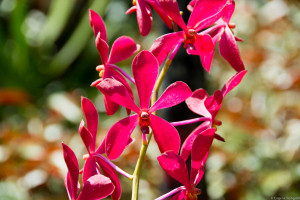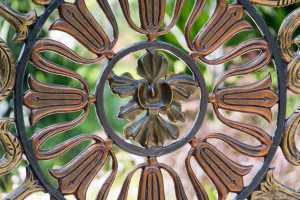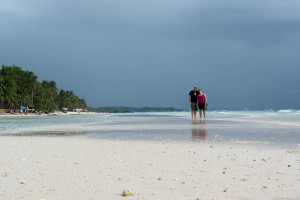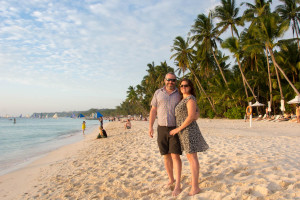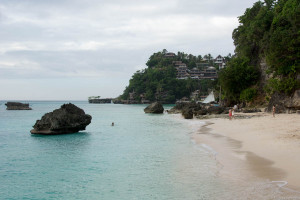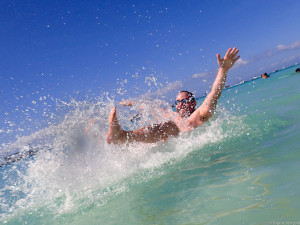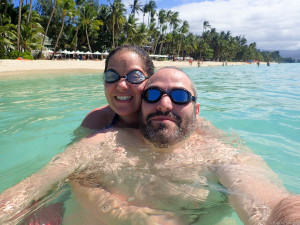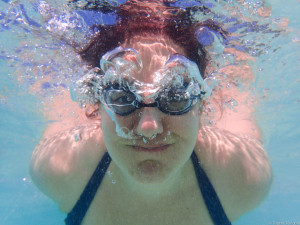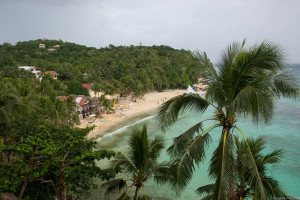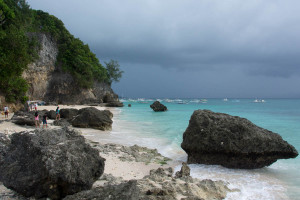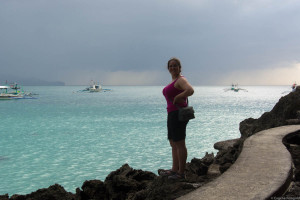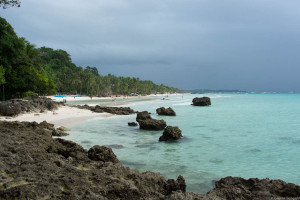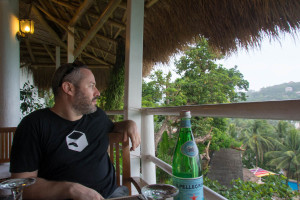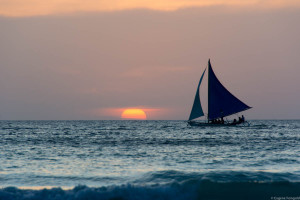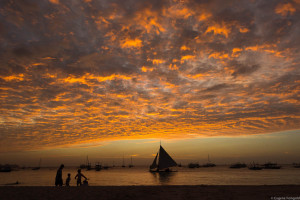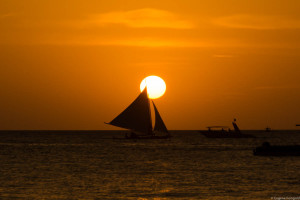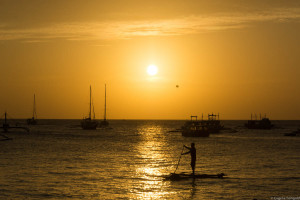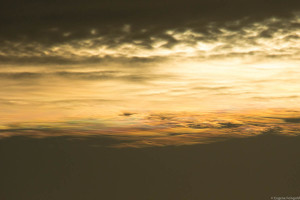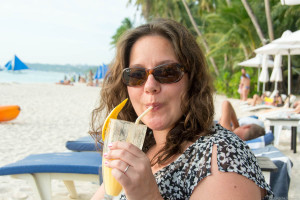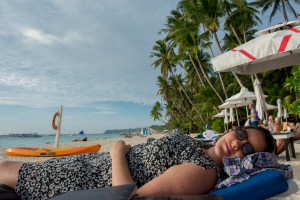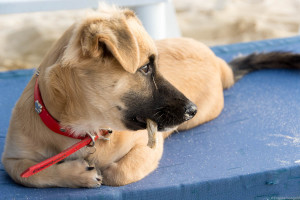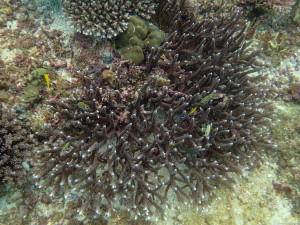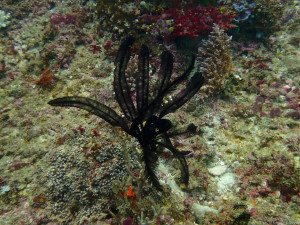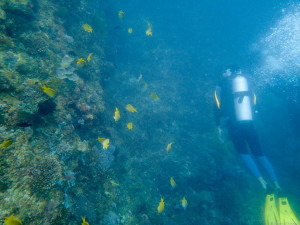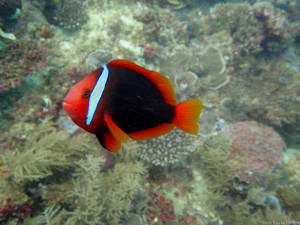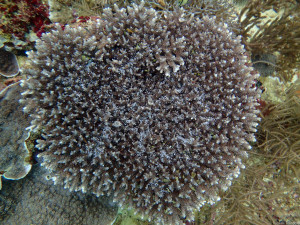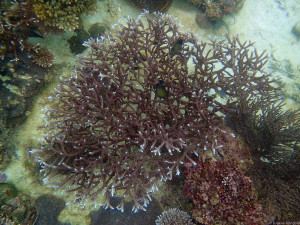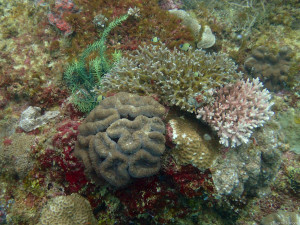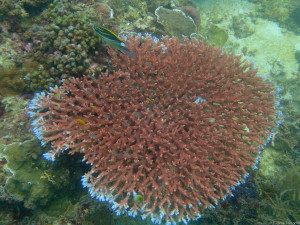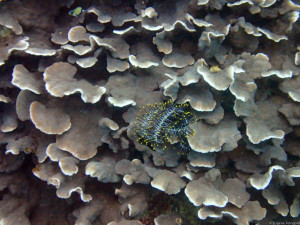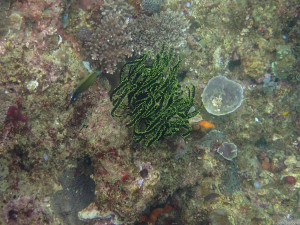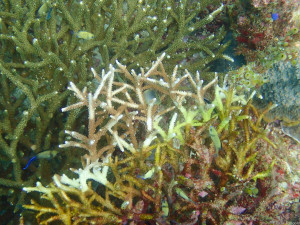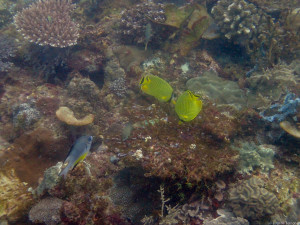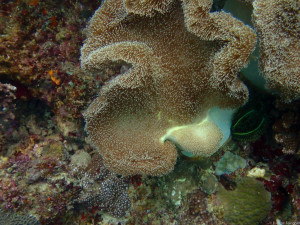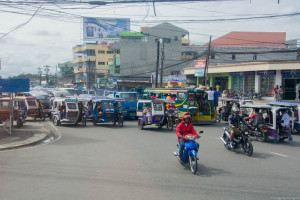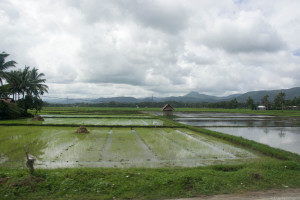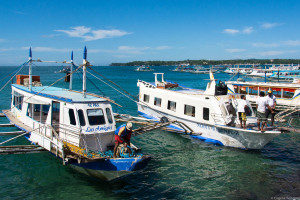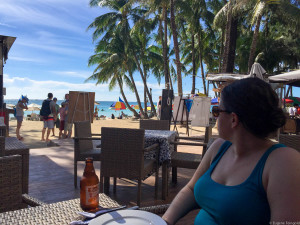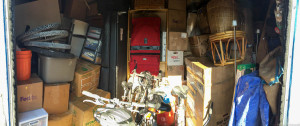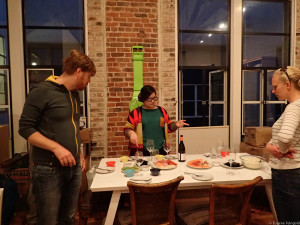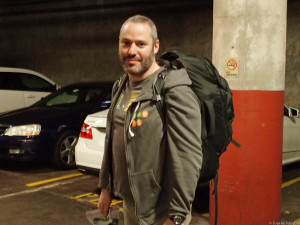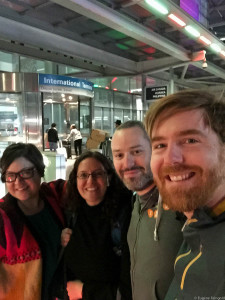Neither of us knew what to expect from Bangkok (or Thailand, in general). I imagined a crazy Asian city with insane traffic and Eugene was expecting slums and dirt. What we found was surprisingly modern city with skyscrapers and subways, as well as beautiful old temples, food carts galore, and some not so nice parts of a developing, touristy city.
First to get the bad out of the way – when we arrived in Bangkok, we took the Air Link train into the main part of town (the airport is about 30 km from the city). From there we decided to take a taxi the rest of the way as our B&B was a bit south of the main part of town and it was getting late. I had already read about all the various scams that taxi and tuk-tuk drivers pull on tourists, so I thought we could avoid them. The advice we’d been given is to always ask the taxi to use their meter. Many of them refused, some offered to take us shopping (because that’s definitely what we want to do at 10pm with all of our stuff). Finally, one almost eagerly said yes he’d use a meter. That really should have been a give away. It turned out he had a rigged meter that not only started high, but went up way faster. Unfortunately we were tired and new, so we did not just get out and let him take us for the proverbial ride. Despite overpaying about 3 times the regular price, the whole ride was still about $10.
For the 4 nights we spent in Bangkok, we stayed at a lovely B&B (W Home). It was a bit further out than we would have liked to stay, but they served incredible Thai breakfasts (fried rice or noodle soup and sweets made from rice flower, coconut, and sugar) and it allowed us to see how average people in Bangkok live. There were also plenty of food carts right near us – a woman who made incredible pad thai (and only pad thai) for $1 was just a couple blocks away. Beyond our neighborhood, we ate much cheap and tasty street food.
We spent one day in Bangkok exploring the Grand Palace and Wat Pho. The Grand Palace was by far one of the most touristy places we’d been to in a while, rivaling Versailles in the number of tour groups shuffling through. But we still enjoyed taking in the ornate details of all the buildings. Eugene was even able to capture plenty of people-free photos with a whole lot of patience and creative angles. One of the best things we saw were the people actively upkeeping all the bling on the buildings. They still painstakingly add one small piece of mirror tile at a time. Wat Pho contains one ridiculously large reclining Buddha statue and many other smaller Buddhas around the grounds (according to Wikipedia there are over 1000 images there).
We spent another day at the giant Chatuchak Weekend Market. Eugene filmed a walk down one of the 40 or so aisles, just to share the magnitude of the thing. At this point we’re a little shopped out, so we didn’t buy much, and mainly enjoyed the atmosphere and the abundant cheap-and-tasty food carts.
While there’s much more in Bangkok to explore, things we only saw out of a corner of our eye or briefly wandered through – like the red light district (ping pong show, sir?), we tired of the big city pretty quickly and moved on to parts less travelled…
So far we have traveled*:
22 hours by plane
5 hours by airport bench
45 minutes by train
4 hours by bus
30 minutes by boat
20 minutes by tricycle
1 hour by subway
20 minutes by car
*We are counting our inter-city transit only.
- The peaceful sitting area at our B&B – no shoes zone. 🙂
- The local bus in our neighborhood, note the driver’s bag of pineapple for snacking.
- Surprisingly modern city buildings.
- Many of the spires of the Grand Palace buildings are covered in intricate floral ceramic tiles.
- Sunset at Wat Arun from a river boat
